Anatomy Human Ear Diagram Worksheet
Completed with helpful illustrations and various learning activities for the students, these Anatomy Human Ear worksheets acted as a helpful learning medium for the learners to understand the auditory system topic. This worksheet provides a detailed diagram of the ear, highlighting each key entity and subject, including the outer ear, middle ear, inner ear, and the various components that contribute to our sense of hearing. By using this worksheet, students can enhance their understanding of the ear's anatomy, making it ideal for biology and anatomy classes.
Table of Images 👆
- Blank Ear Diagram
- Human Eye Diagram Unlabeled
- General and Special Senses Worksheet
- Male and Female Reproductive System Functions
- Skeletal System Coloring Pages
- Label the Parts of the Heart Worksheet
- Parts of the Human Respiratory System
- Parts of the Human Respiratory System
- Parts of the Human Respiratory System
- Parts of the Human Respiratory System
- Parts of the Human Respiratory System
- Parts of the Human Respiratory System
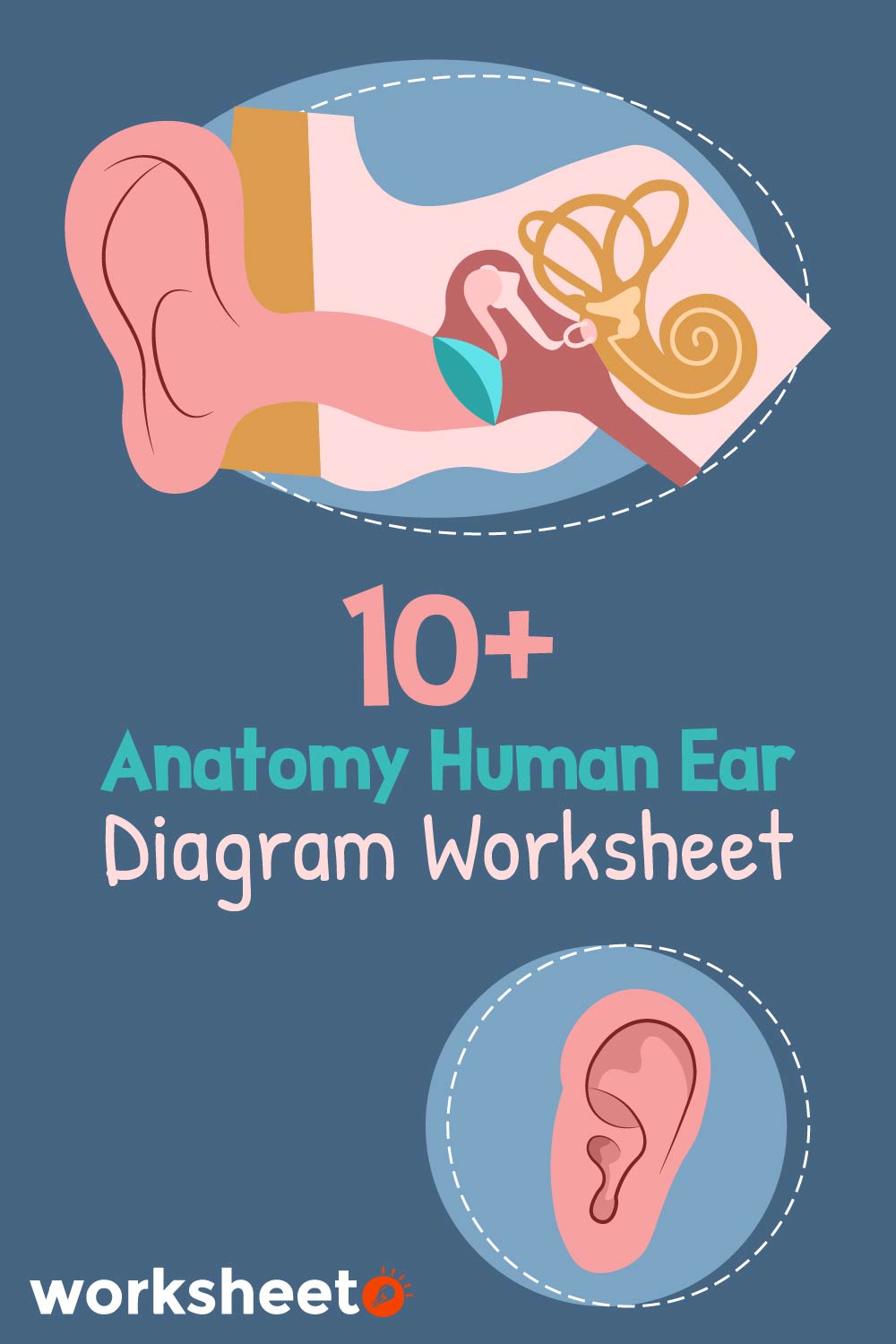
Understanding the complex structure of the ear is crucial, and with our Anatomy Human Ear Diagram Worksheet, you can find an excellent resource for your studies.
More Other Worksheets
Kindergarten Worksheet My RoomSpanish Verb Worksheets
Healthy Eating Plate Printable Worksheet
Cooking Vocabulary Worksheet
My Shadow Worksheet
Large Printable Blank Pyramid Worksheet
Relationship Circles Worksheet
DNA Code Worksheet
Meiosis Worksheet Answer Key
Rosa Parks Worksheet Grade 1
The Anatomy Human Ear Diagram Worksheet is a valuable educational tool designed to help students understand the intricate structure of the human ear.
As one of the essential body parts, the ear is something vital for humans. It enables humans to catch various sounds around them, which helps them to engage in communication with others.
Learning about the hearing or auditory system and understanding the diagram of the human ear is essential for students. Let's start the fun way with these Anatomy Human Ear Diagram Worksheets!
What are The Five Sensory Systems of Humans?
The human sensory system is the network in our body that processes external stimuli or triggers and helps us to be able to see, smell, touch, taste, and hear. The sensory systems include five body parts, visual (eye), auditory (ear), olfactory (nose), gustatory (tongue), tactile (skin), as well as the brain structures and the nerve systems.
The sensory organs will feel the triggers and send the signals to the brain to be interpreted and processed. The human sensory network allows humans to understand the world around us and helps us to give correct and proper responses. You can learn with our Anatomy Human Ear Diagram Worksheet to study the human sensory system.
How Does the Human Sensory System Work?
Sometimes, we do not realize how immaculate the impact of our sensory system is in our lives. We have a total of five sensory systems, visual, auditory, olfactory (smell), gustatory (taste), and tactile (touch).
The sensory systems will send signals to the brain, and the brain will interpret the signals. Thanks to those five sensory systems, we can live a lavish life. The human sensory system is a complicated network of organs that allows us to recognize our surroundings. The brain will combine data from different sensory systems —this process is called sensory integration.
How do the five sensory systems work together? The sensory signal will infiltrate the brain through the thalamus and then route to a sense-specific area of the cortex. Then the cortical range will send the trigger to the brain, which combines data from different sensory systems.
What is The Function of The Human Auditory System?
The human auditory system operates how we recognize and understand sounds within our surroundings. This sensory system consists of the ear, auditory nerve, and brainstem auditory pathways.
The auditory system consists of peripheral structures and brain regions. The brain circuits of the auditory system break down the frequency, attenuation, and location in space. The course will process the mix of the properties to help humans interpret the sounds they hear correctly.
You can teach your students and children about the details of the human auditory system with our Anatomy Human Ear Diagram Worksheet.
What is The Anatomy of The Ear?
The human auditory system is responsible for how humans perceive the sounds around them. This sensory system consists of the ear, auditory nerve, and brainstem auditory pathways. The ear is made up of three parts, or what we can call the ear anatomy.
There are the outer ear, middle ear, and inner ear. The outer ear is the visible part we can see on the sides of our heads. The middle ear is the part that sends the sound trigger to the inner part of the ear.
Meanwhile, the inner ear is the part that covers the triggers into electrical signals to the brain. The inner part of the ear also helps humans to stay in balance.
What is The Main Function of The Ear?
The human ear has two main functions, hearing and balance. When sounds enter our ear canal, our eardrum (tympanic membrane) will vibrate. The vibration will go to the ossicles in the middle of the ear. The ossicles then deepen and transfer the sounds to the inner part of the ear.
After that, the stereocilia, or the tiny hair cells alter the sounds into electrical energy and send it to the brain. That is how the ear benefits us in hearing. In helping us to keep balance, our ear is filled with fluid and sensors in the form of hair.
When we move, the fluid flounders around and moves the sensors. The sensor will send the signal to the brain, and the brain gives instructions to the muscles to keep us in balance.
What are The Types of Hearing Loss?
Hearing loss can happen to anyone of all ages. There are three categories of hearing loss disease, sensorineural hearing loss, conductive hearing loss, and mixed hearing loss.
-
Sensorineural Hearing Loss: This type of disease can happen when there is damage in the inner ear or the hearing nerve. This hearing loss occurs when some of the hair cells in the cochlea are damaged. Age, loud noise, injury, and some drugs can be the cause of this hearing loss. Using listening aids can help the patient with this hearing loss.
-
Conductive Hearing Loss: Conductive hearing loss happens in the outer or middle part of the ear. In this case, the sound waves are not able to come through the inner ear. Some people can recover from this hearing loss through medical or surgical intervention.
-
Mixed Hearing Loss: Mixed hearing loss is the combination of sensorineural and conductive hearing loss. They can have sensorineural hearing loss at the beginning and develop conductive hearing loss after.
Through the Anatomy Human Ear Diagram, the learners can learn about the human ear parts such as the outer ear, middle ear, and inner ear, and every tiny element in there such as the ear canal or tympanic membrane. Understanding the anatomy of the human ear will help the learners to know more about their bodies and to solidify their human biology knowledge.
Have something to share?
Who is Worksheeto?
At Worksheeto, we are committed to delivering an extensive and varied portfolio of superior quality worksheets, designed to address the educational demands of students, educators, and parents.


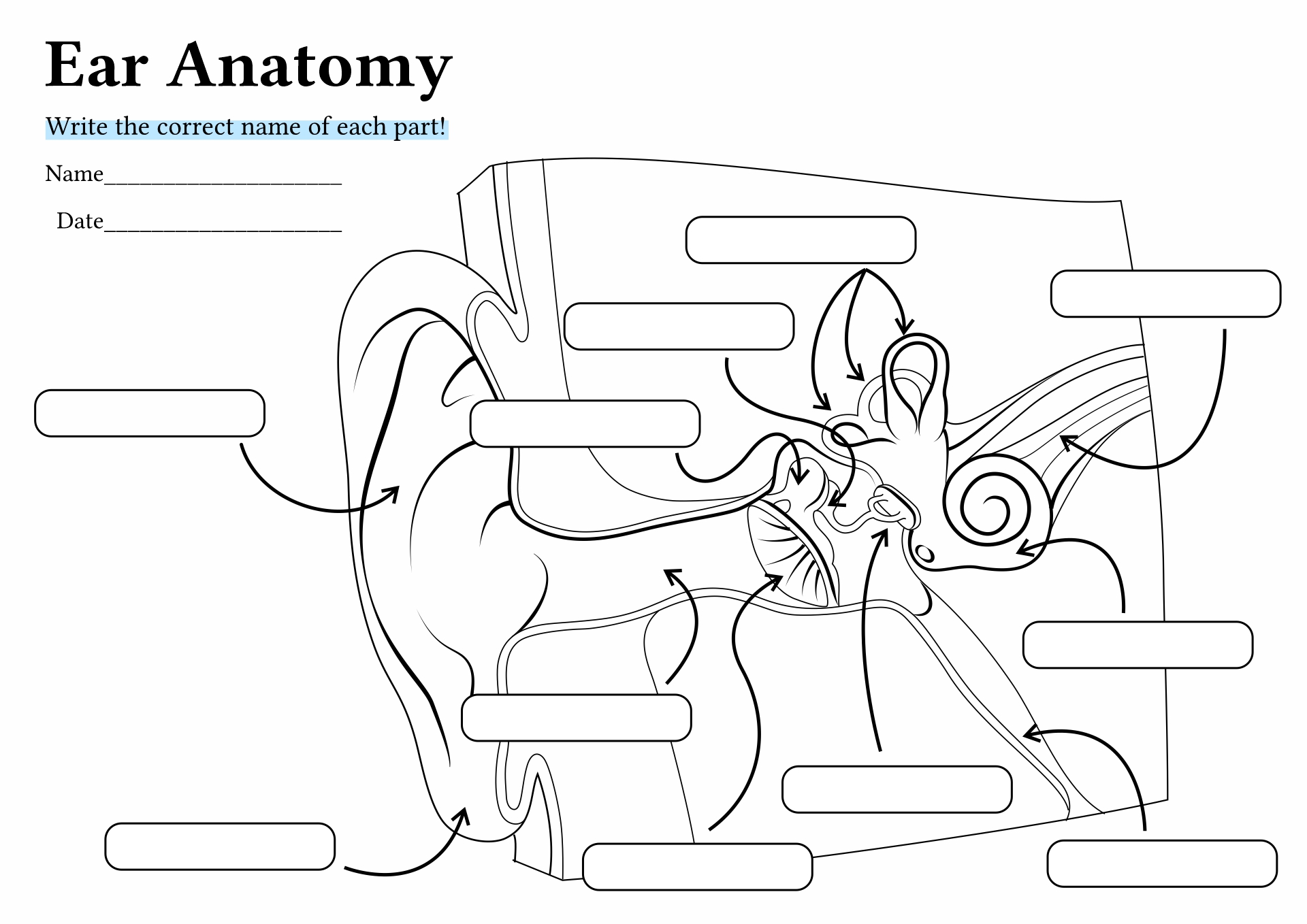


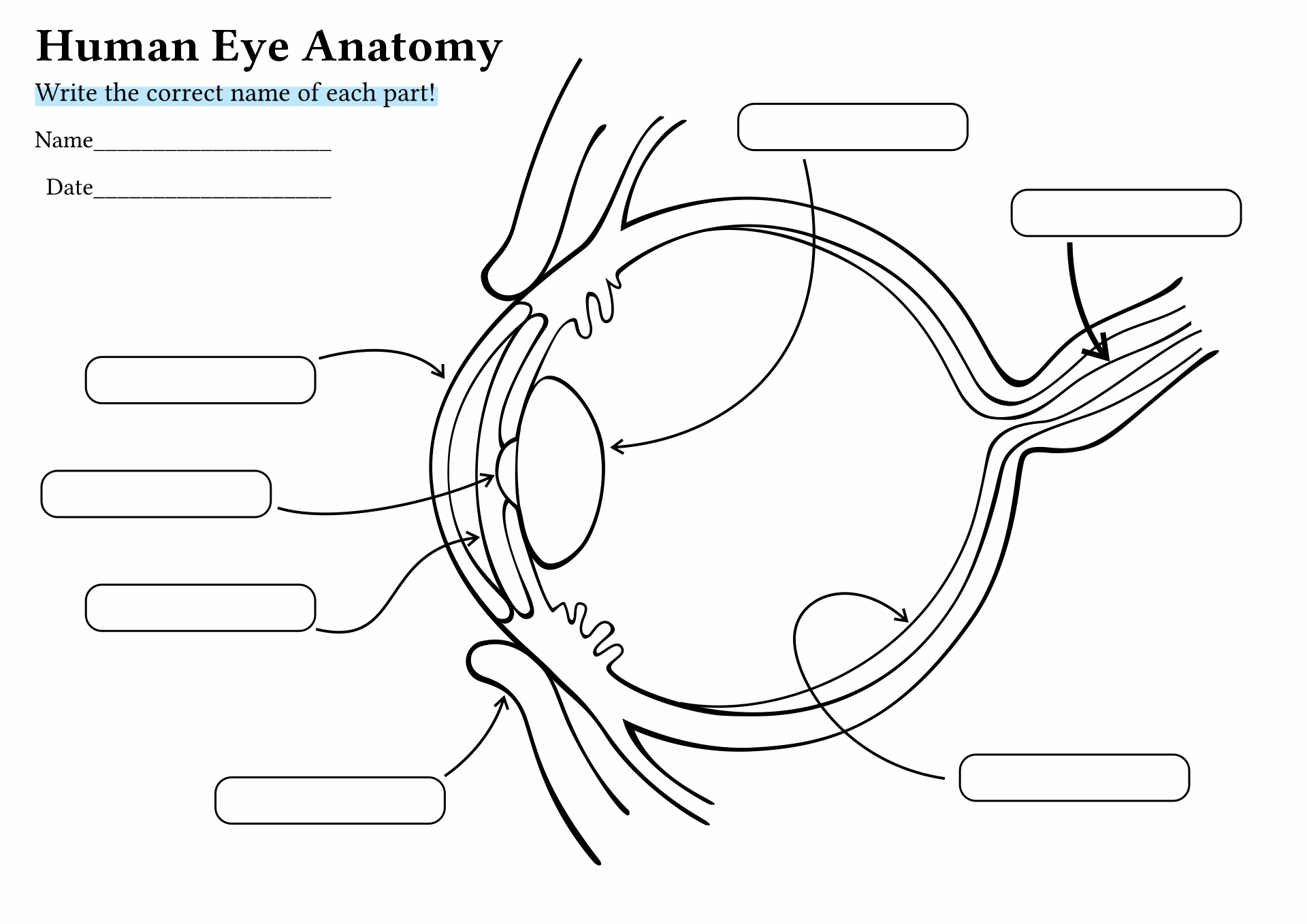
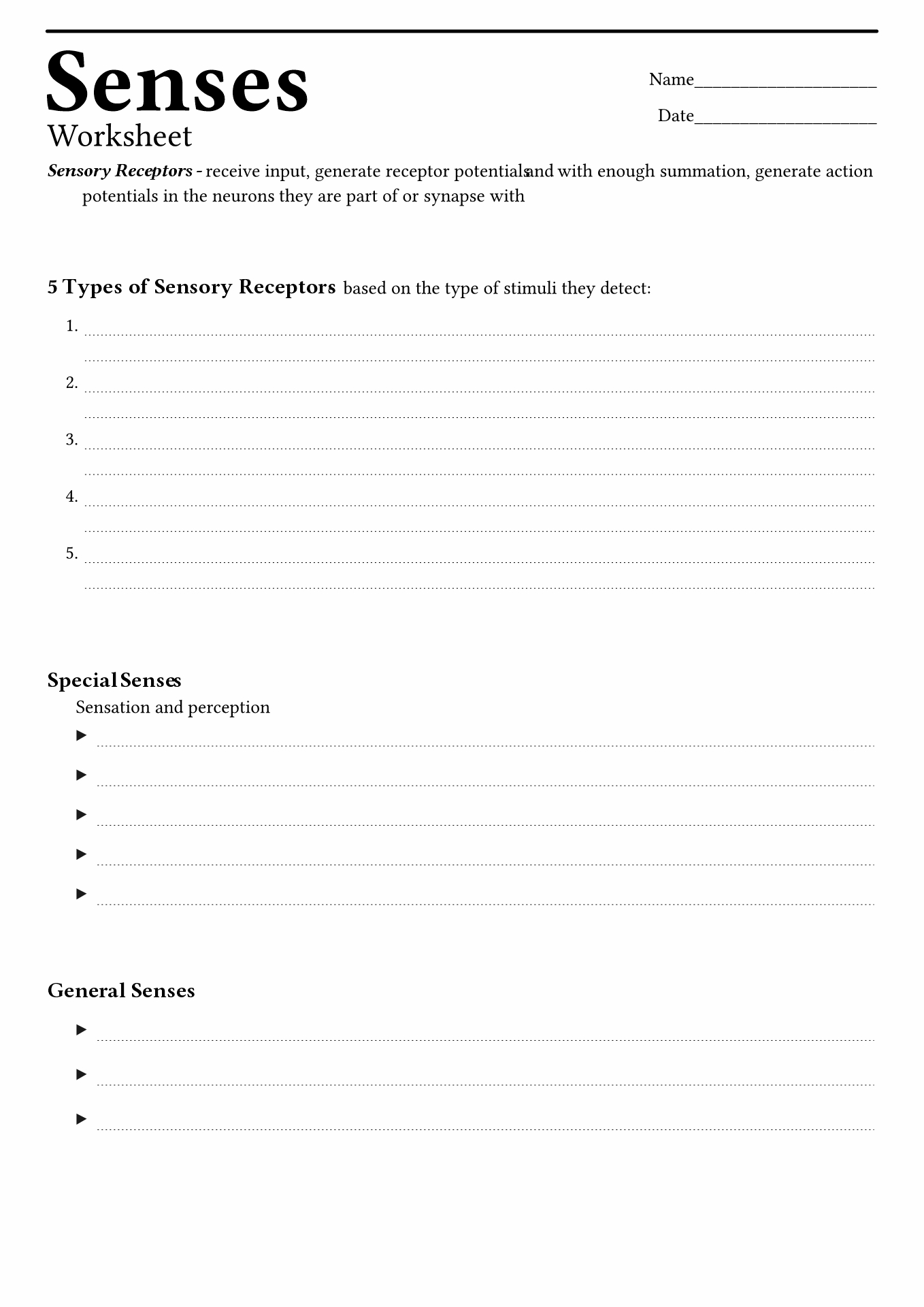
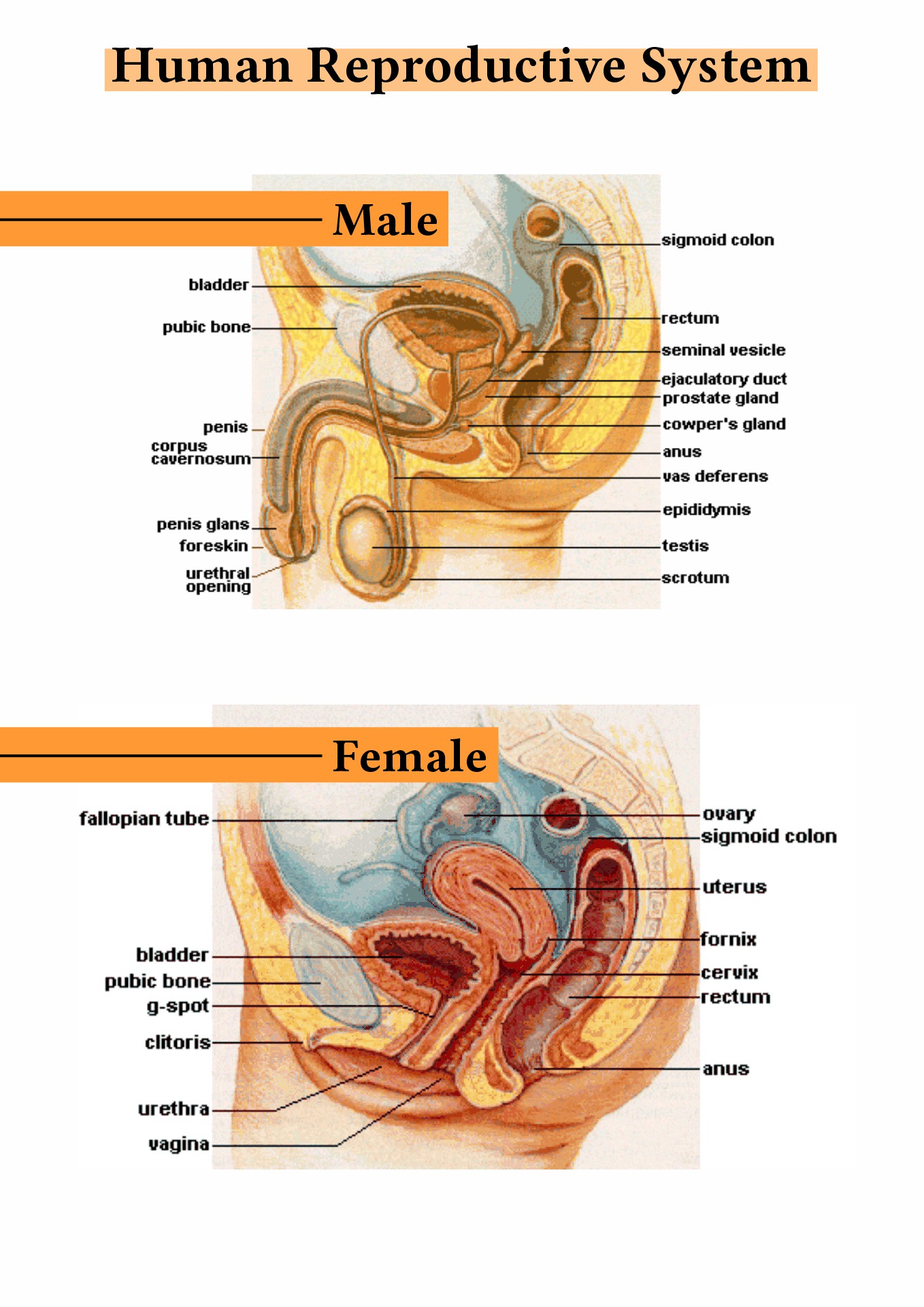
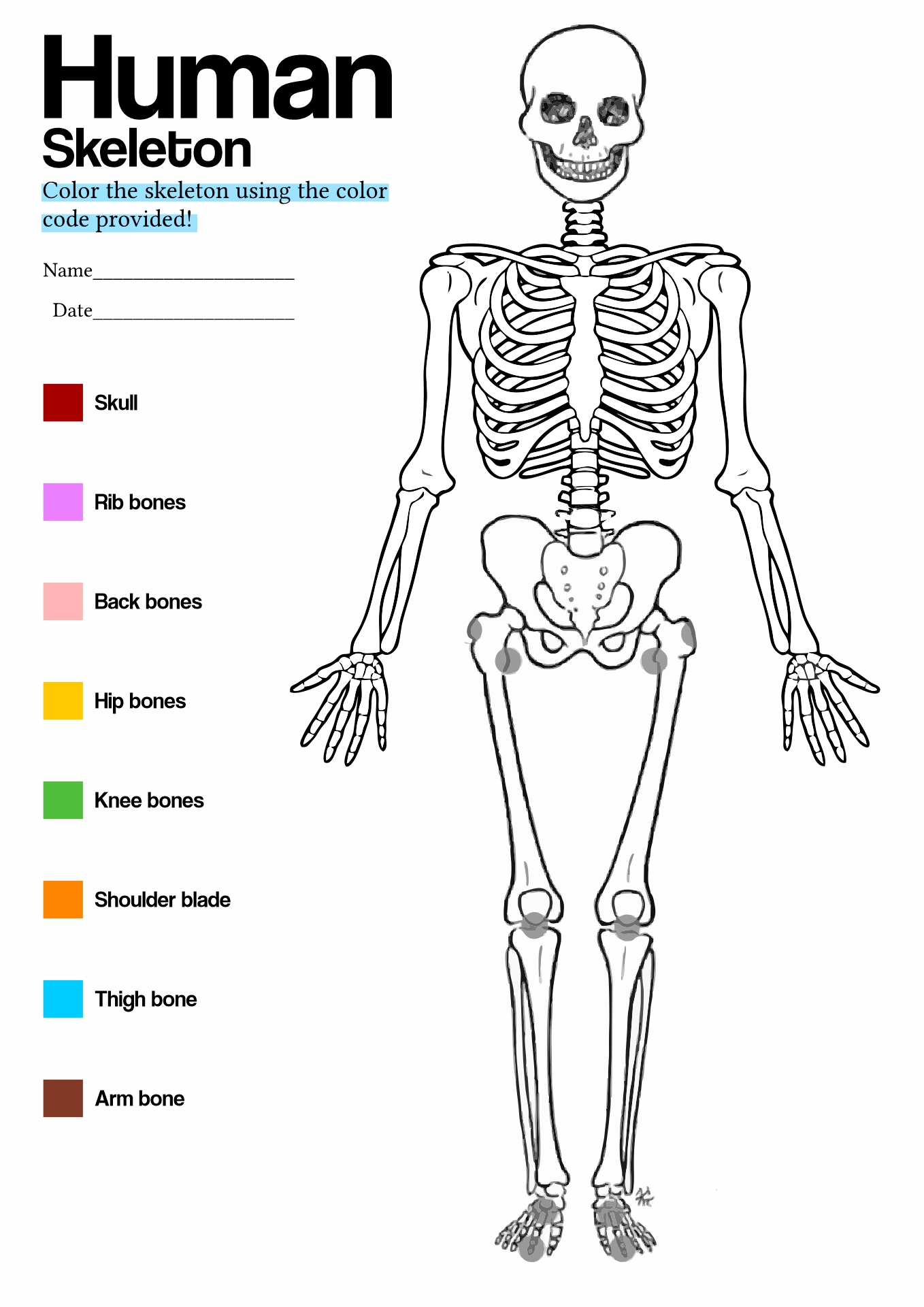
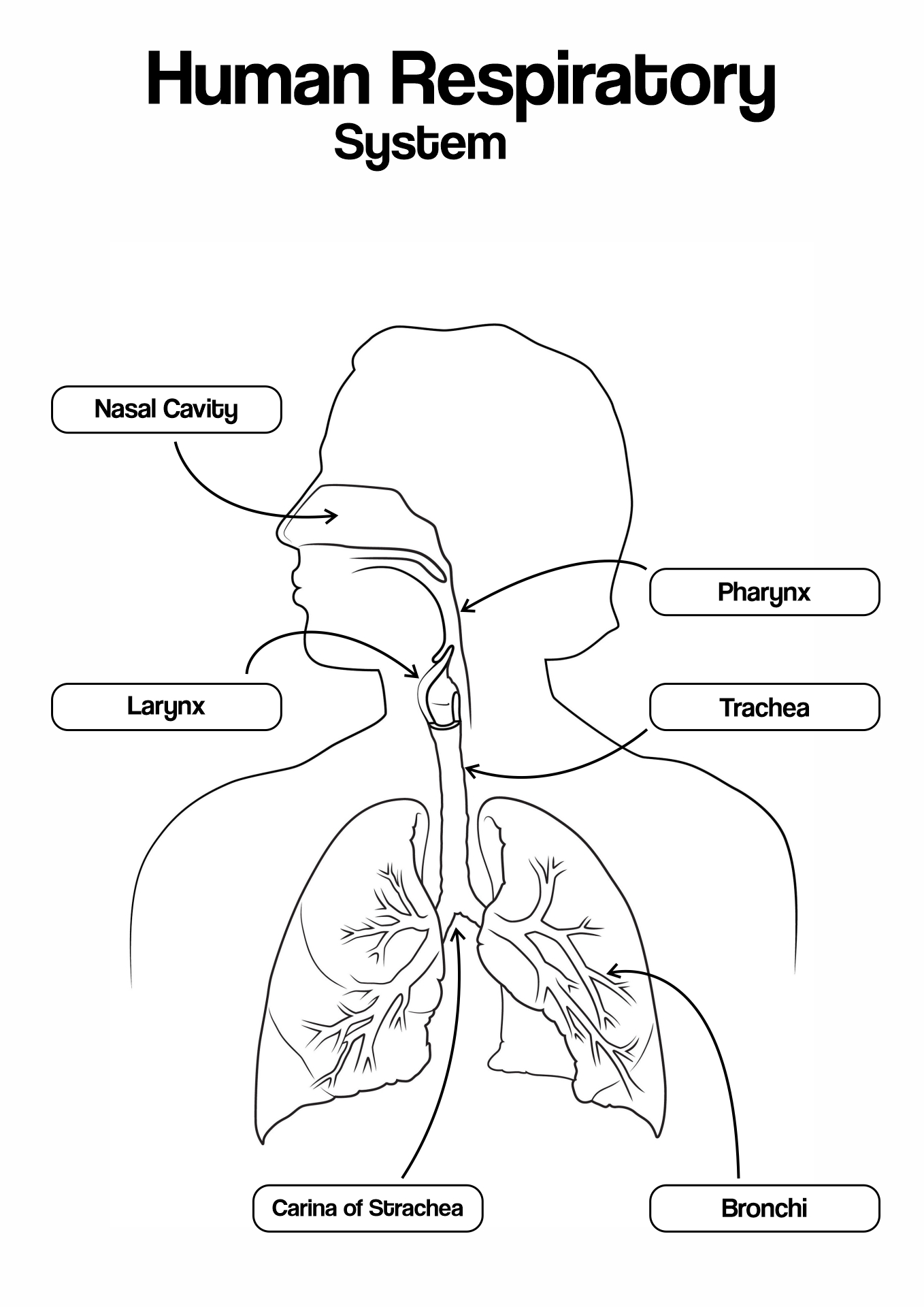
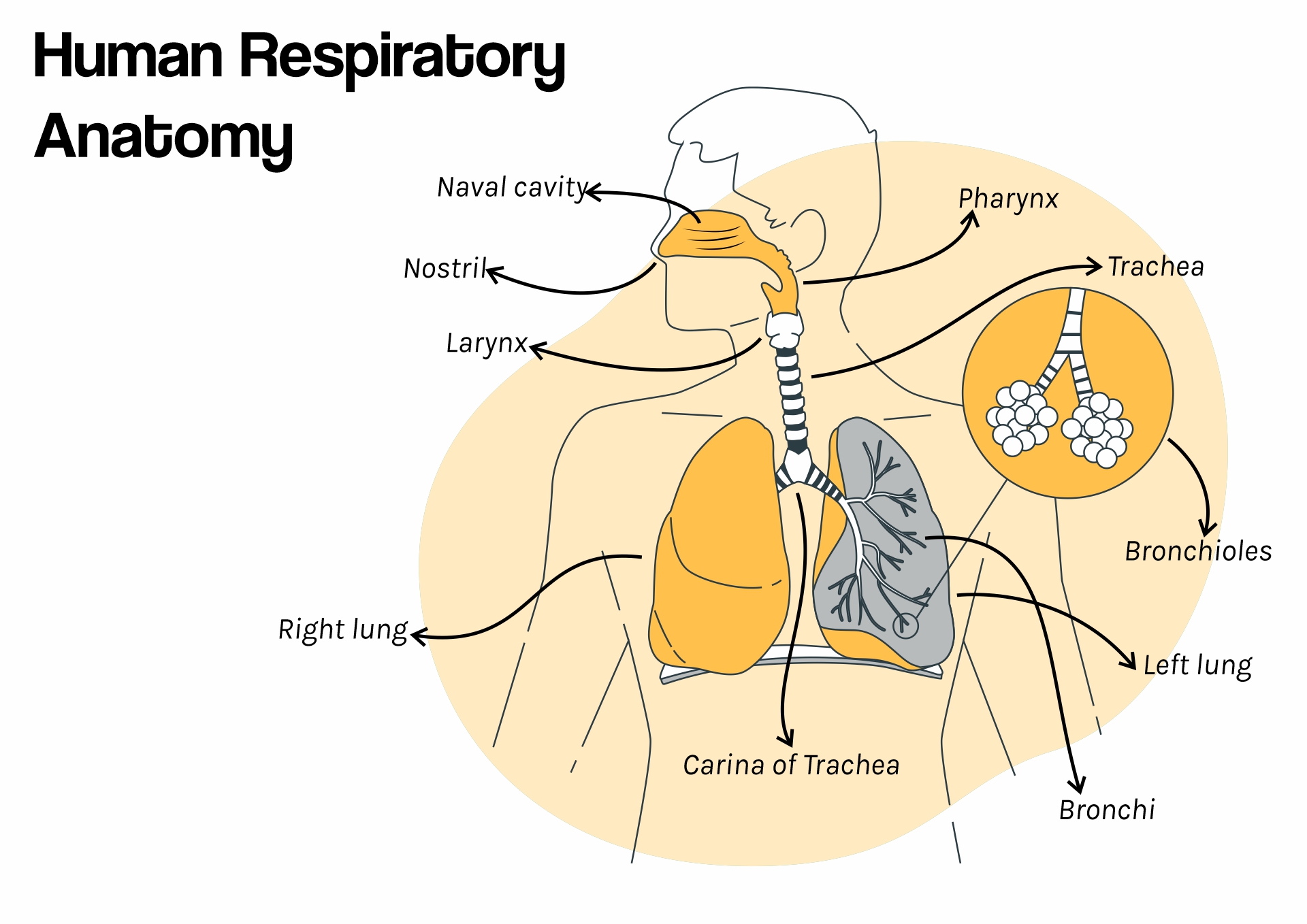
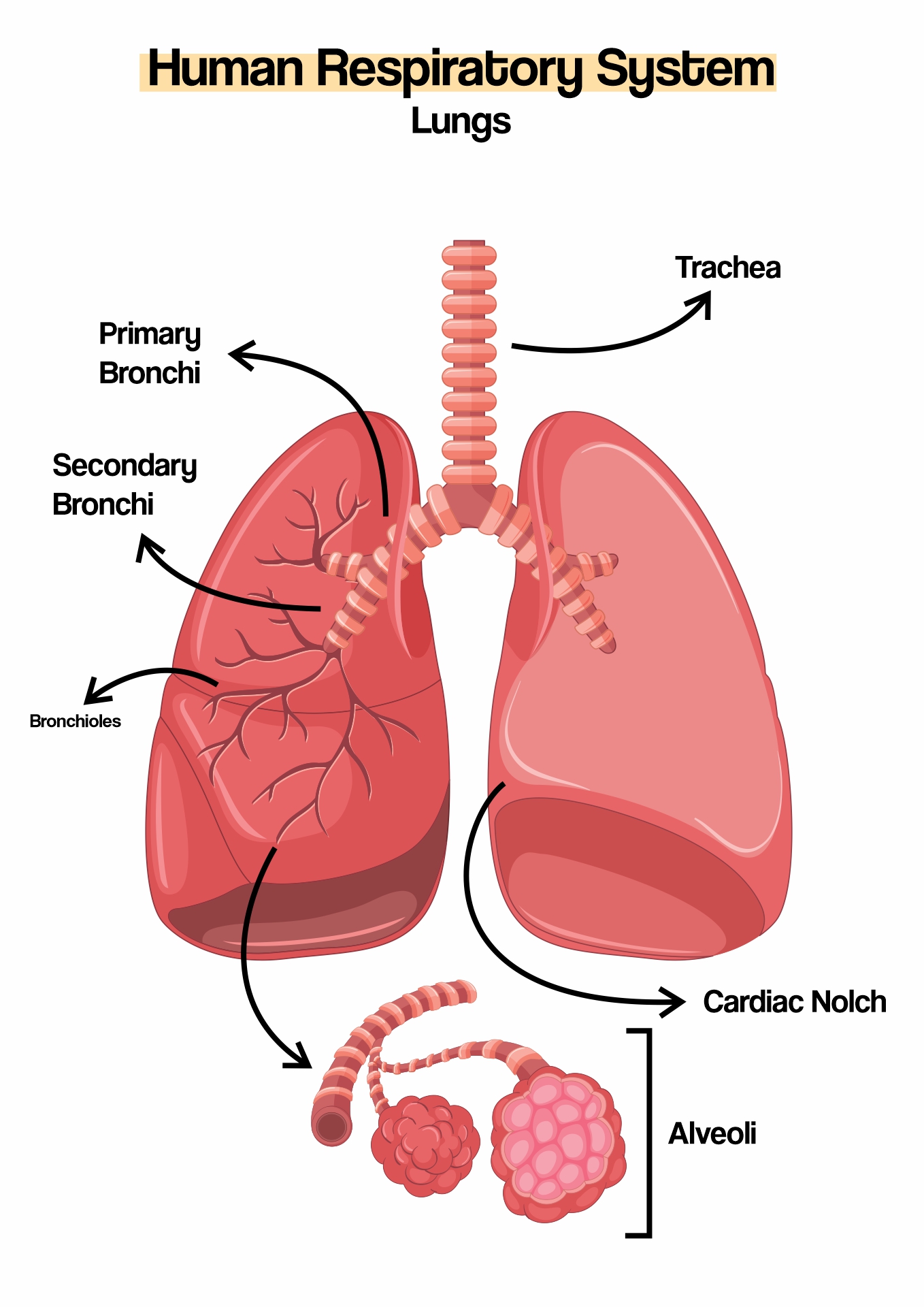
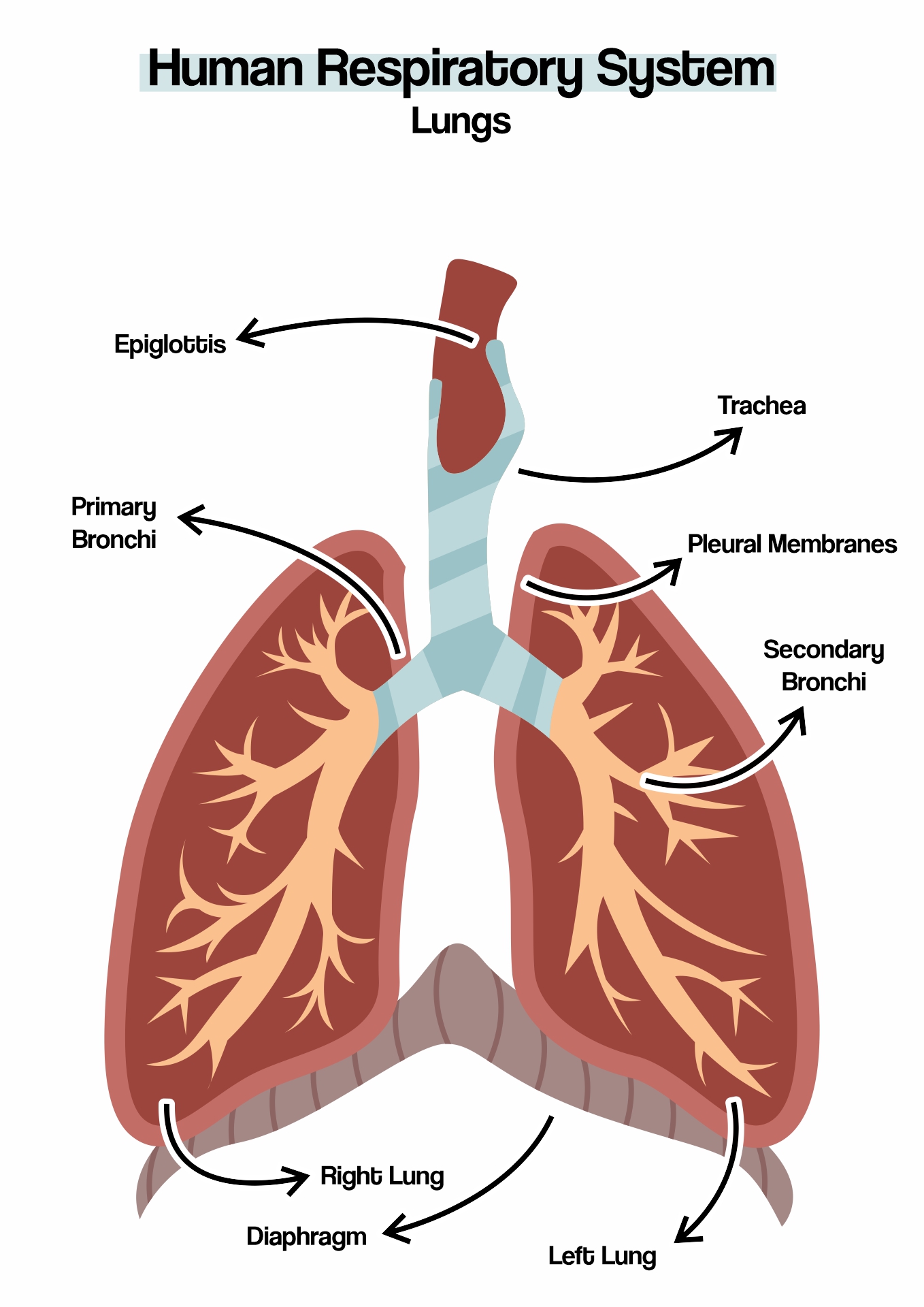
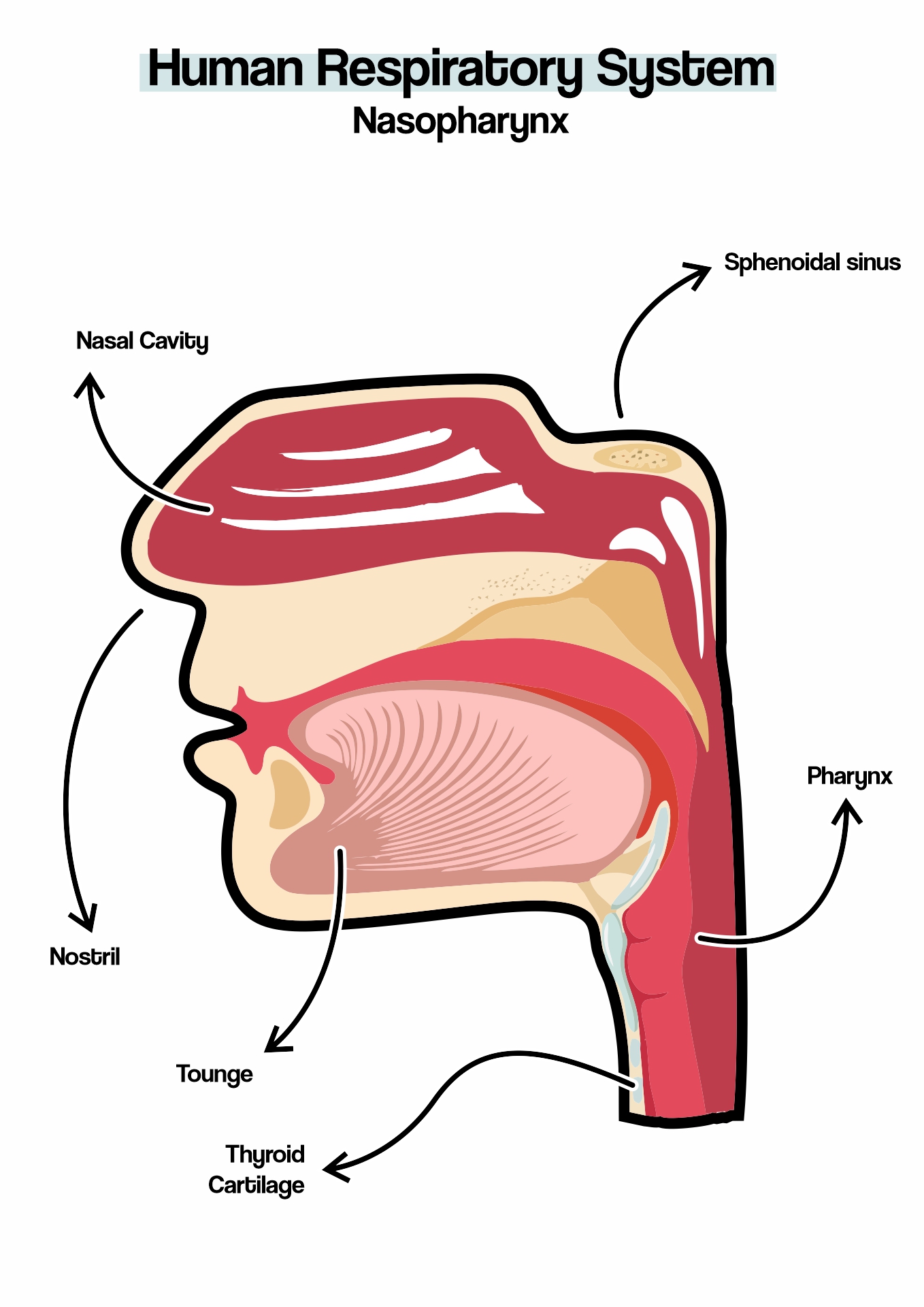
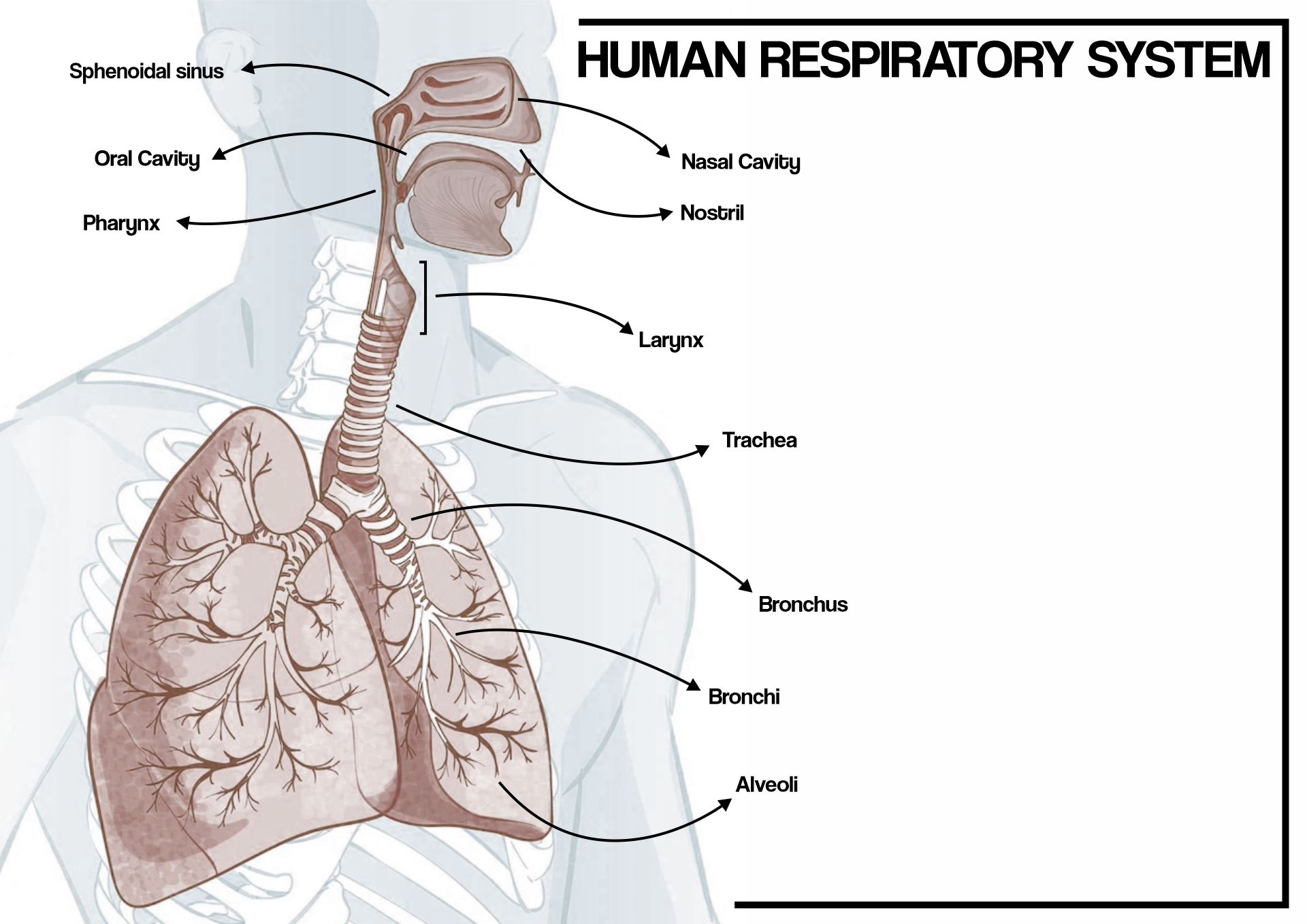














Comments
Printable images: anatomy human ear diagram worksheets are an invaluable tool for students and medical professionals alike, facilitating detailed understanding of the complex structures and functions of the human ear in a concise and visually appealing manner.
This printable anatomy human ear diagram worksheet is a useful tool for educators and students alike, providing a clear and detailed visual representation of the ear's complex structure, making it easier to understand and study the intricacies of this vital sensory organ.
Great printable resource! The Anatomy Human Ear Diagram Worksheet is helpful for understanding the structure and function of the ear. It's a handy tool for learning and studying. Thank you!
Thank you for providing this helpful Anatomy Human Ear Diagram Worksheet! It's a great visual aid that enhances my understanding of the ear's structure. Keep up the good work!
This printable anatomy human ear diagram worksheet provides a clear and accurate visual representation of the different parts of the ear, allowing students or learners to easily understand and study the intricate structures and functions of the ear.